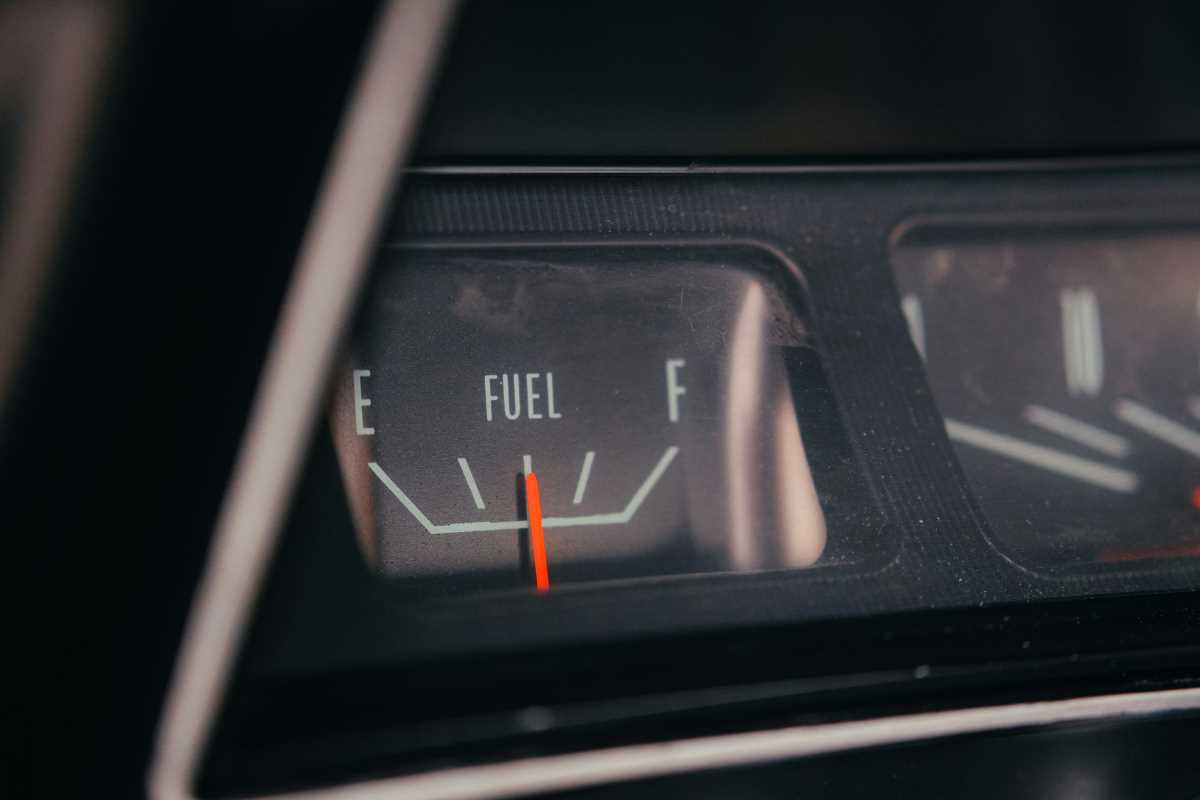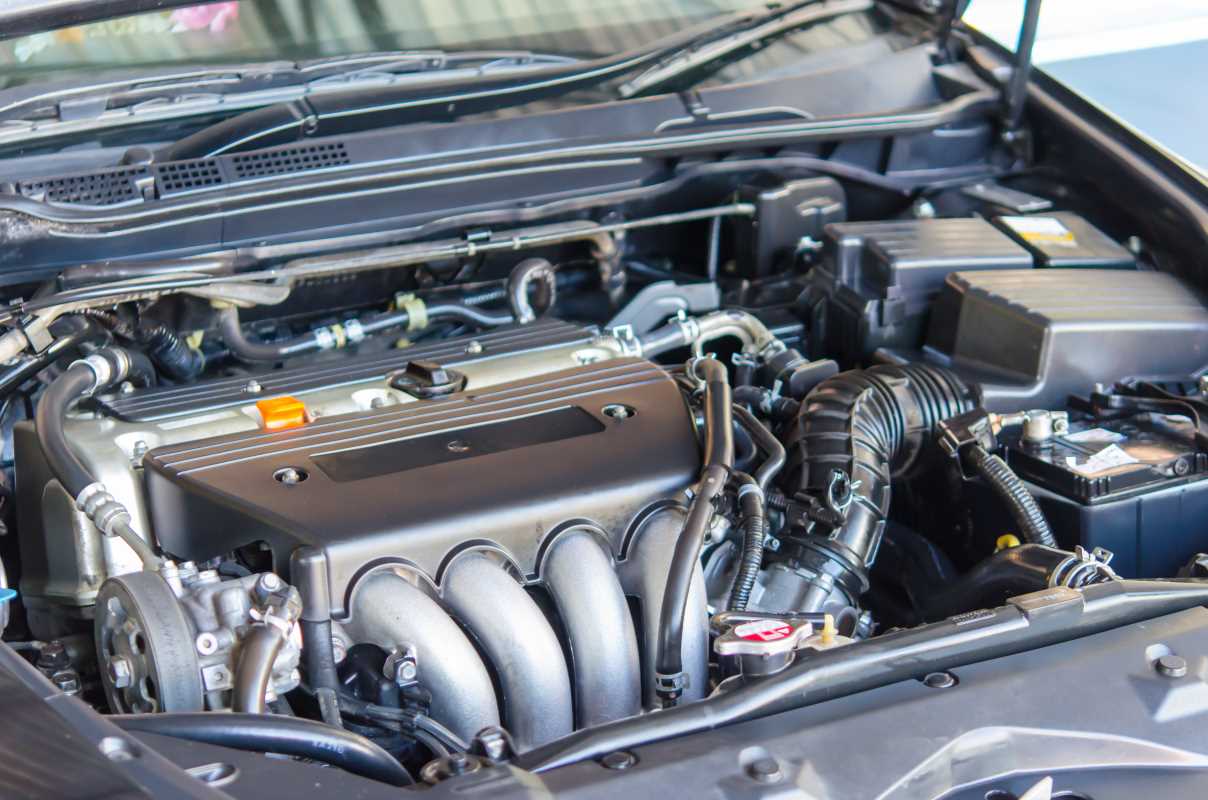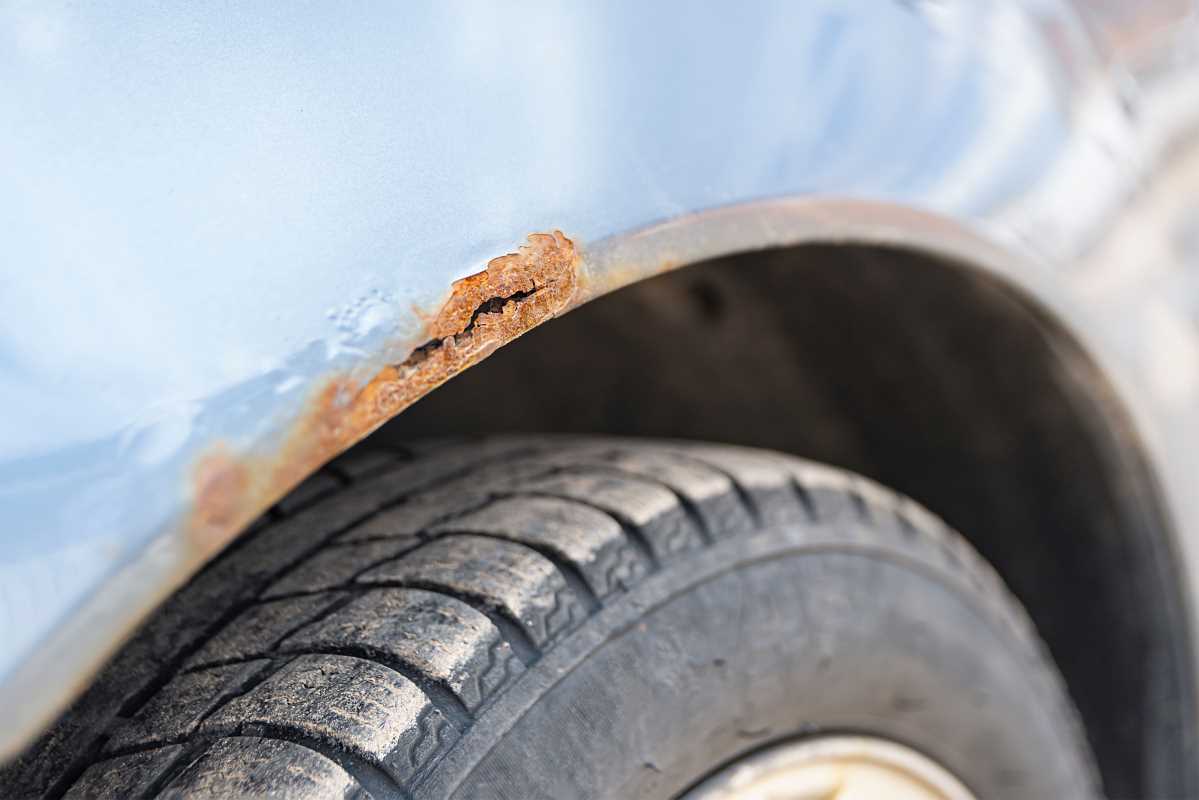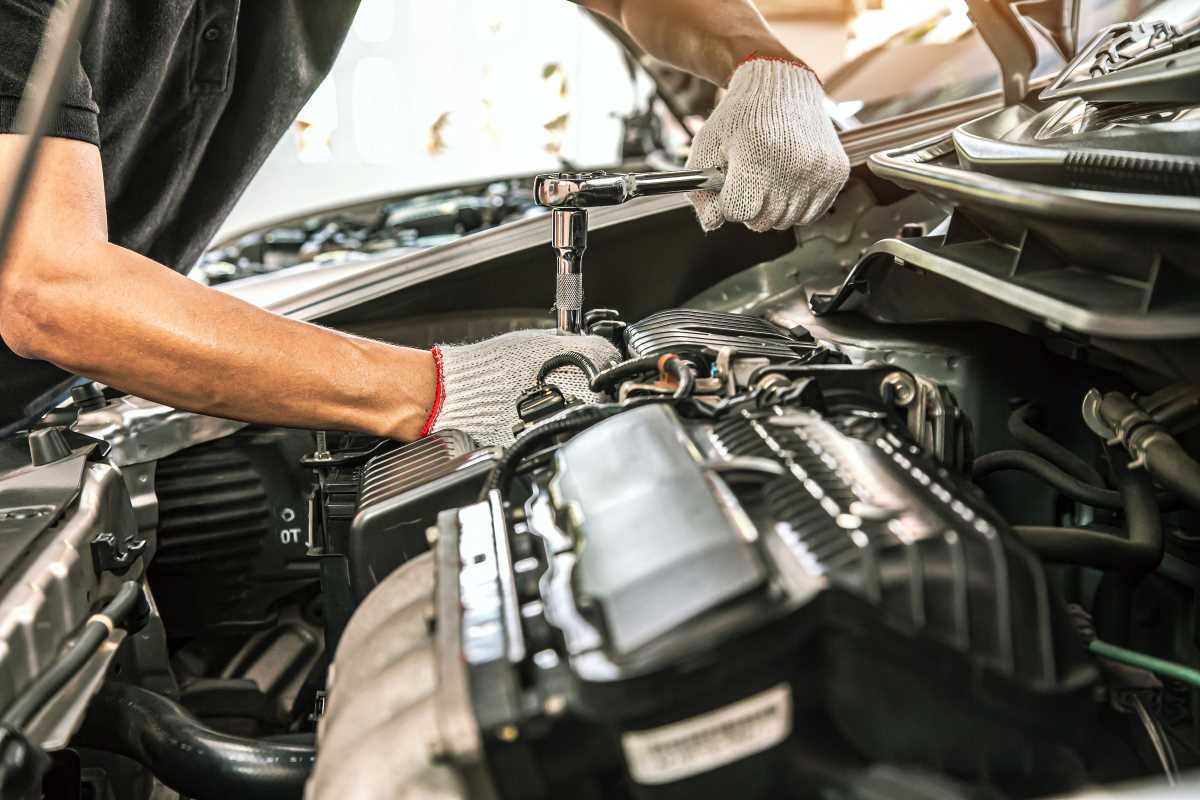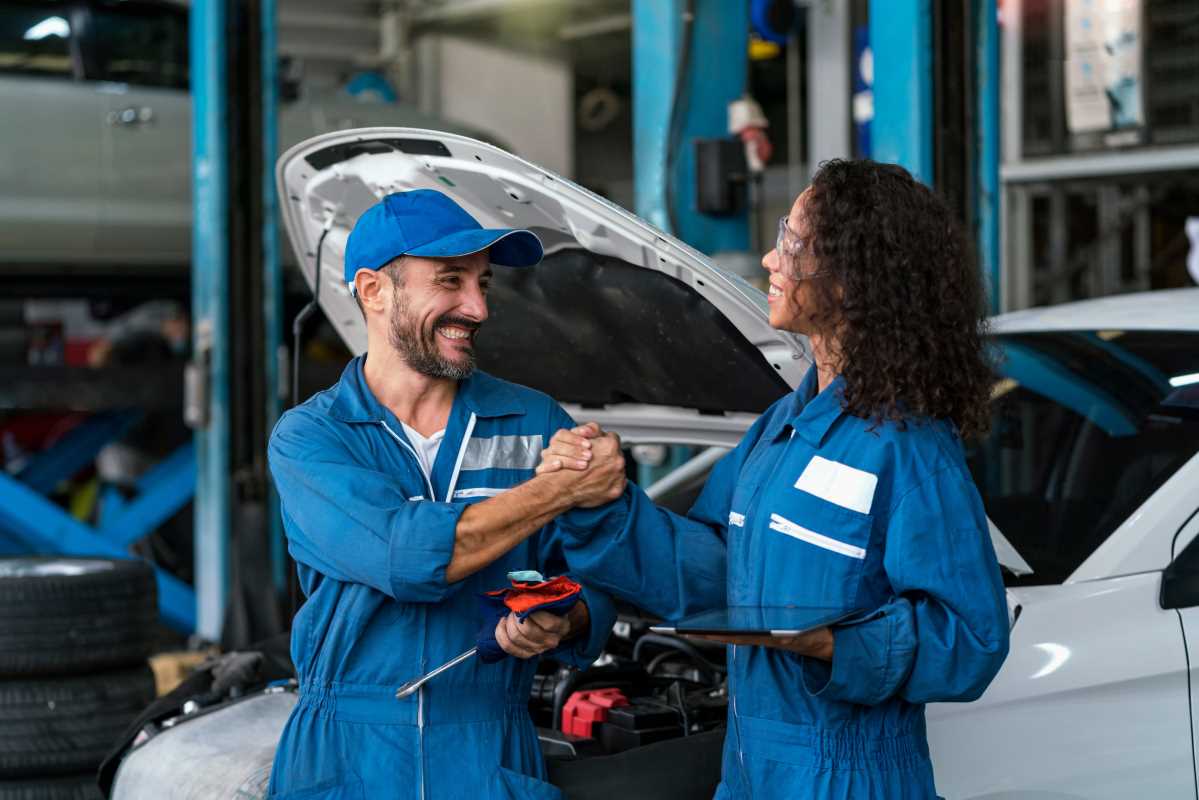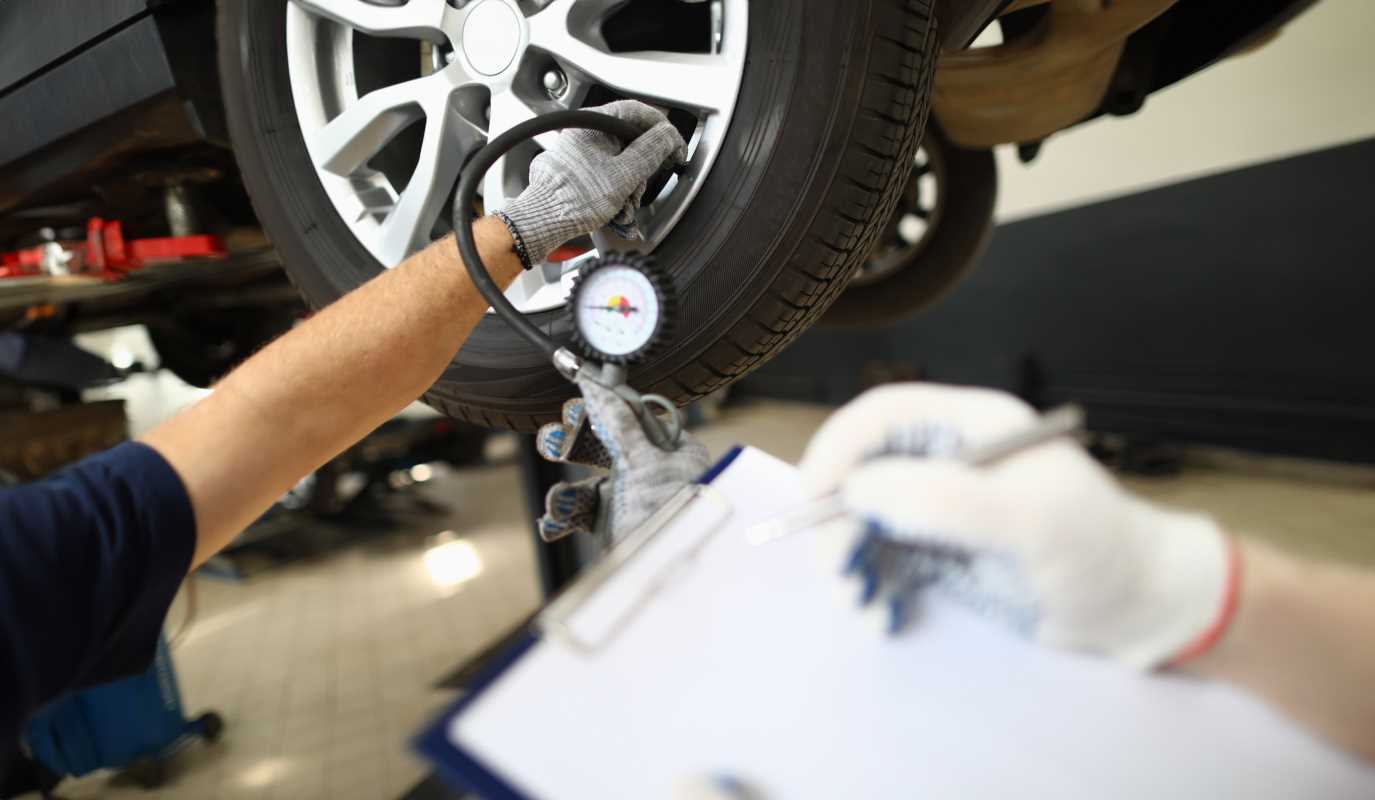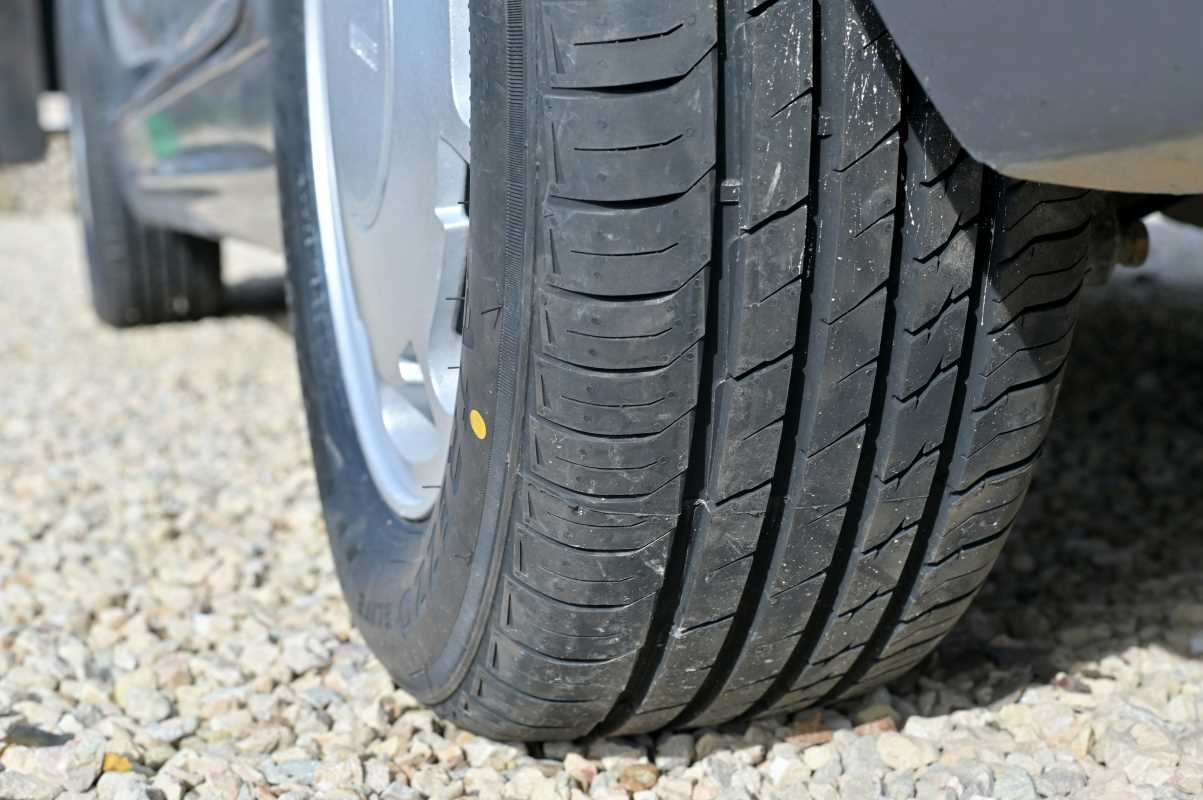Watching the gas gauge drop can feel like watching your wallet get lighter with every passing mile. Each visit to the pump seems to take a bigger bite out of your budget, making every journey more calculated. But, there is some welcome news for frustrated drivers. You actually have more influence over your vehicle's fuel consumption than you might expect. By implementing small, consistent changes in your daily driving routines and diligently sticking to a regular service schedule, you can make a significant difference. These adjustments will allow you to travel farther on every single tank of gas and help you keep more of your hard-earned money in your pocket. In this guide, you will discover the most effective ways to make your car go the extra mile.
The Power of Smart Driving Habits
How you approach the road has a huge effect on how much your vehicle uses. Aggressive actions (stomping the gas pedal or stopping suddenly) mean you’ll run through your tank more quickly. Smoother, more careful driving is one of the simplest paths to real savings.
Obey the Speed Limit
Engines work best at certain speeds, but efficiency drops at higher ones. For most vehicles, driving over 50 mph quickly uses more of your supply. Every extra 5 mph costs you. By dropping your speed by just 5 to 10 mph, you can actually see a 7% to 14% improvement in how far you go between fill-ups. Sticking to posted limits is both safer and easier on your budget.
Go Easy on the Pedals
Think of a delicate egg under your accelerator; it's not something you want to smash. Gentle starts mean the engine doesn’t have to work nearly as hard. Slamming on the gas floods the system unnecessarily. The same goes for stopping: gliding toward a light instead of hitting the brakes suddenly lets momentum do the work. Gentle acceleration and braking in city traffic can result in a 10% to 40% difference in daily use.
Use Cruise Control
Maintaining a steady pace is one of the best-kept secrets for stretching your drive. Cruise control helps you hold a constant speed, eliminating small fluctuations that would otherwise waste what you’ve got. On flat stretches of highway, allowing the car to regulate itself boosts efficiency by as much as 14%.
Avoid Unnecessary Idling
Sitting in a running car and going nowhere burns through your supply with nothing in return. More than ten seconds at a standstill, and you’ll use up more than simply restarting when you’re ready to move. Depending on engine type, idling can chew through a quarter to half a gallon per hour. Turning your engine off while waiting for someone, even just for a few minutes, can really add up over time.
The Critical Role of Vehicle Maintenance
Vehicles that are taken care of properly run better and use less over the long run. Ignoring regular checkups forces everything under the hood to work harder, often consuming more than necessary. Tackling a handful of important maintenance chores goes a long way toward saving you money.
Maintain Proper Tire Pressure
Low tire pressure is an easy-to-miss cause of increased consumption. Underinflated tires create more drag with the road, which puts more strain on your motor. In the U.S. alone, nearly 1.2 billion gallons are wasted each year due to this issue. Check the pressure yourself each month with a gauge; look for your car’s recommended numbers on the sticker inside the driver’s door.
Use the Recommended Motor Oil
Mechanics know the right oil grade matters. Using what’s specified for your model, rather than something thicker or thinner, cuts extra resistance. For instance, running 10W-30 in a car made for 5W-30 can drop your efficiency. The manual in your glove box lists what’s ideal.
Replace Clogged Air Filters
Engines need plenty of fresh air to do their job well. When the filter is dirty, airflow drops, and the whole system suffers, especially in older cars. Most mechanics will check the filter during oil changes, but it's smart to swap it out at least once a year, and more often if dusty roads are common in your area.
Address Faulty Oxygen Sensors
Oxygen sensors help balance how much the engine uses by reading exhaust gases and sending data back. A failing sensor can send the wrong info, causing the vehicle to run rich and using up far more than necessary and creating more emissions. Catching and fixing a bad sensor can mean a 40% jump in efficiency.
Lighten Your Load and Improve Aerodynamics
Carrying extra weight or making your vehicle less streamlined increases how hard your car has to work, which in turn eats up more of what’s in the tank.
Clean Out Your Car
Treat your vehicle as transportation, not a storage closet. Every unused item you carry wastes a small bit on every trip. Ditching 100 pounds gives a measurable bump in how far you can go. Go through the trunk and back seats, pulling out whatever you don’t truly need (sports gear, books, bulky clothing). Keep only the essentials.
Ditch the Roof Rack
External carriers are handy for vacations, but they hurt your car’s ability to cut through the air. A box on the roof can drop highway performance by up to 25%, and even an empty rack shaves off about 5%. Take them off when they’re not needed, and you’ll notice a difference.
Plan Your Trips
With a little planning, you can stack errands and appointments so that you aren’t repeatedly starting with a cold engine. Cluster tasks in areas that are close together, and you’ll save because a warmed-up engine always operates more efficiently. Every bit of time spent organizing trips means you’ll have fewer starts and stops, better overall performance, and less used up during the week.
Making these simple changes and keeping up with regular service can transform how far your budget goes at the pump. Consistency is key: stay mindful behind the wheel and look after your vehicle, and you’ll start seeing real results without much extra effort.
